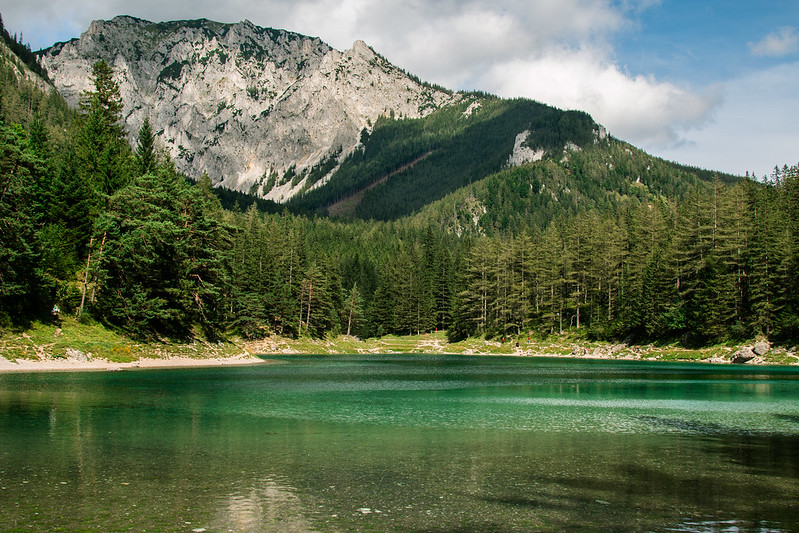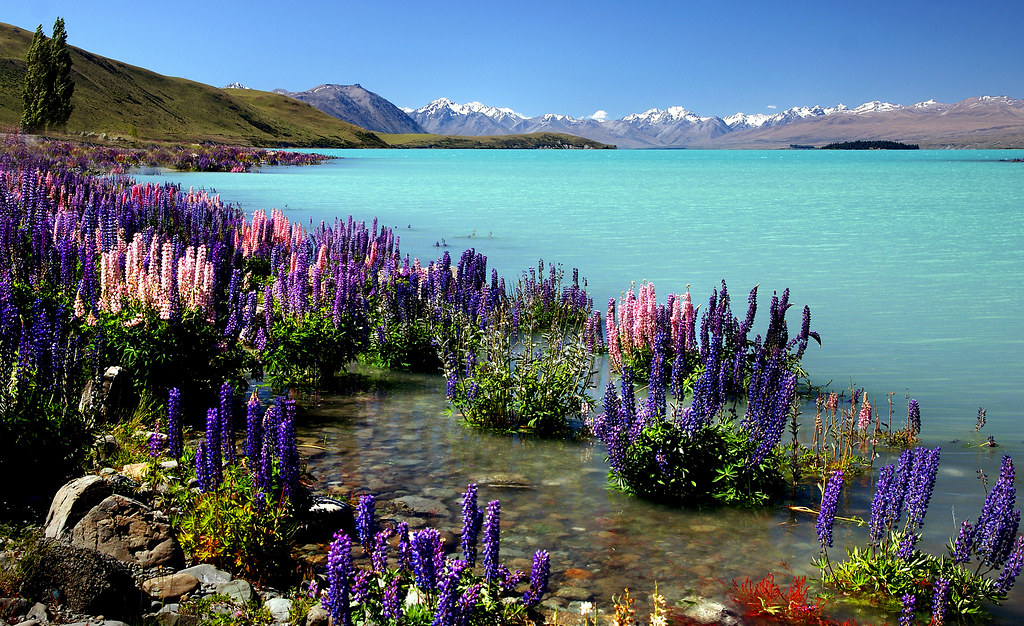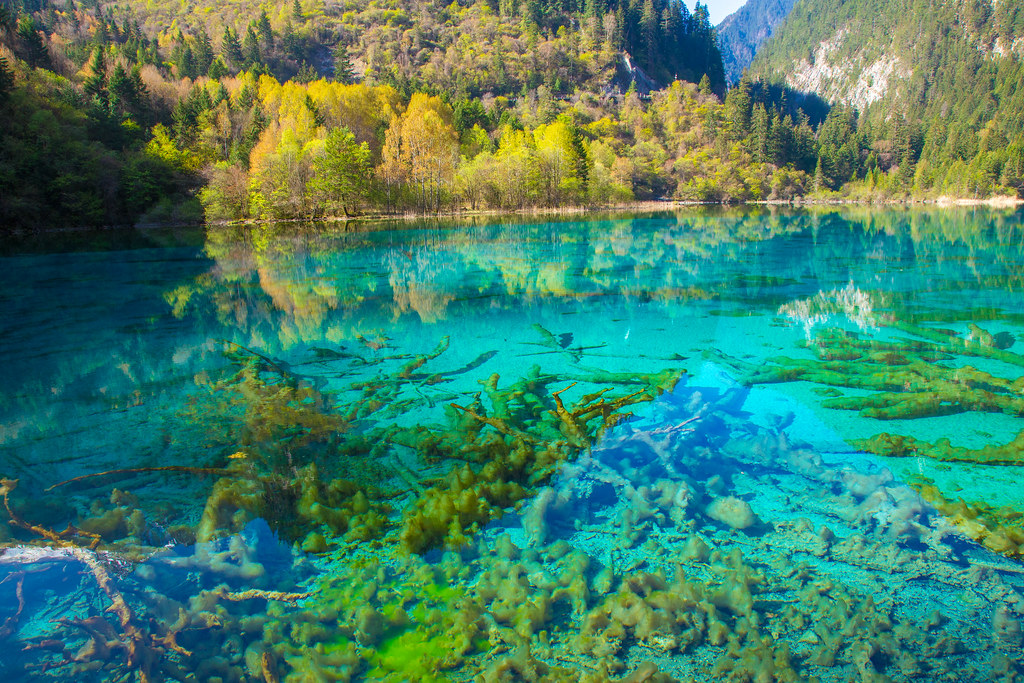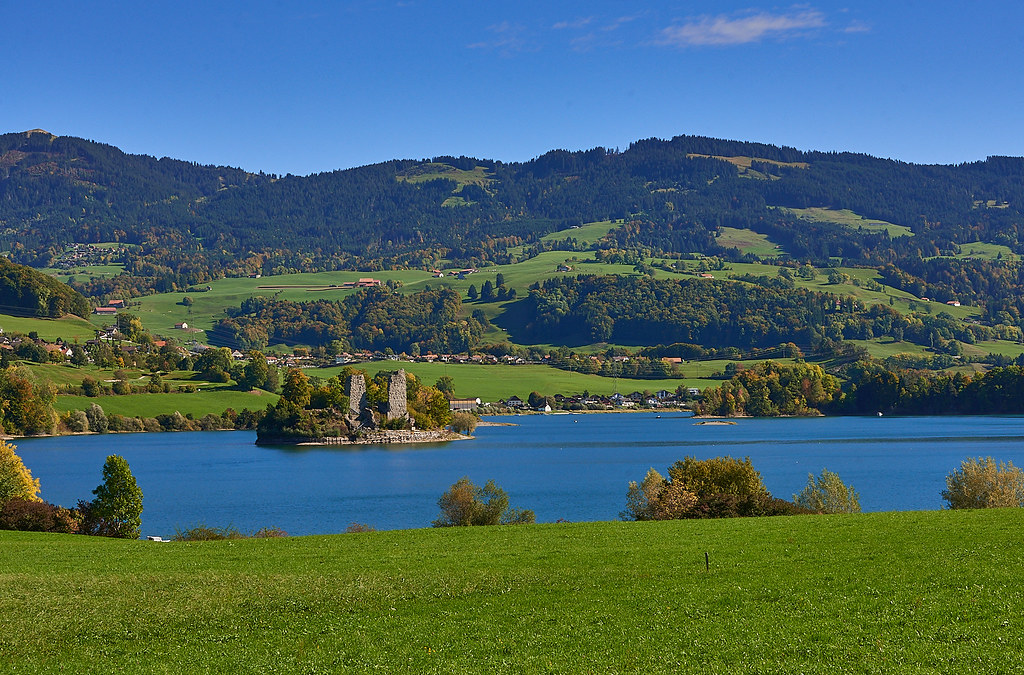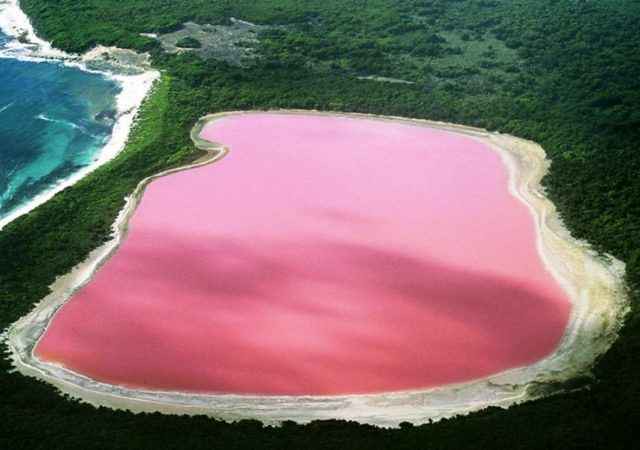It is always very tiring to eradicate the stereotypes with which those who ignore the terms of the questions or do not have a sufficient wealth of experience decide to live together until proven otherwise.
Where true reality does not support the acquisition of convictions appropriate to the context, imagination takes care of it, seasoned with that little bit of information that can be fished here and there, to replace reason. And these are not always valid operations, especially when the confrontation with the existing comes to demolish the daring constructions of the mind.
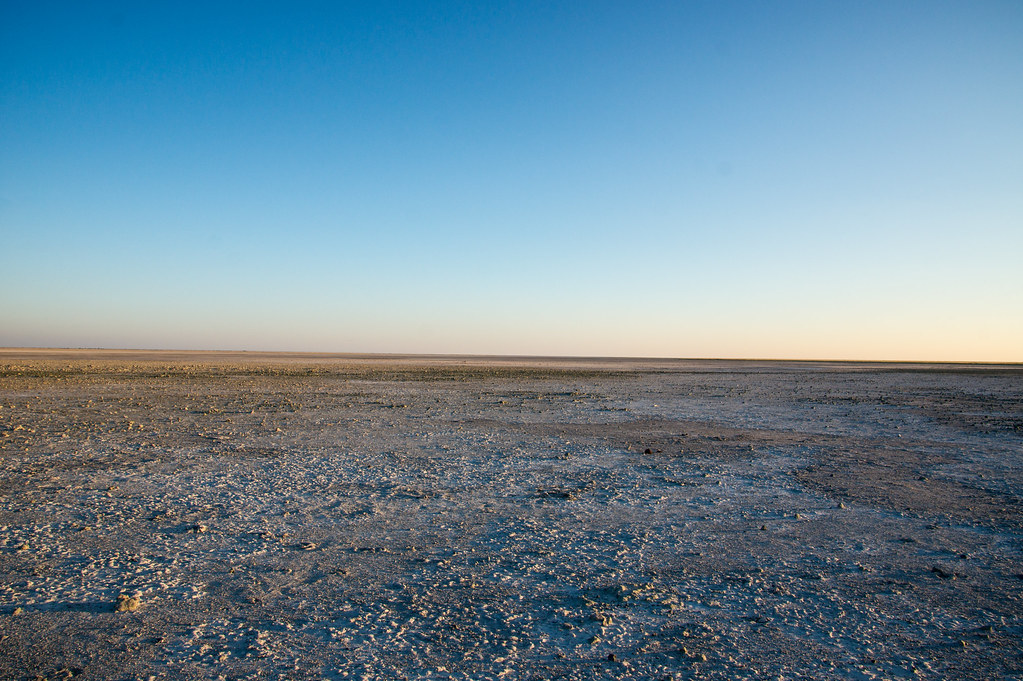
It happens for all areas of the experience of each individual, but a little more around the perception that is acquired of the surrounding world: not being able to personally know it inch by inch, for certain territories, physical or mental they are, we rely on information second or third hand. That most of the time, in contact with the truth, they collapse miserably on themselves.
This happens especially when traveling: destinations are identified based on feelings or the acquisition of specific indirect knowledge, but then, once on site, the programs are often affected by last-minute changes. Those who have been to Botswana, for example, have almost certainly had direct experience of it: one gets attracted by the fame of the extraordinary safaris that can be organized in the great nature reserves of the country, but one is amazed if the reality does not correspond in everything and for all to the idea of boundless savannah that we had made before leaving.

In Botswana, just to say, there is a vast territory larger than Portugal dominated by a sort of huge and bizarre desert: no one has certified the data, but it seems to be the largest salt pan in the world.
Incredible, in a country completely landlocked. Yet it is so: it is called Makgadikgadi and forms part of the Kalahari basin. Twelve thousand square kilometers that for most of the year remain totally desolate, therefore without water, therefore absolutely uninhabited.

The animals arrive there only when a good rainy period returns to that area its original habitat and transforms it into a sort of gigantic marsh, in which some lakes stand out, whose waters are characterized by their salinity, an element that does not prevent beasts to drink and migratory birds to stop over there.

No wonder: world-renowned geologists have discovered that these are the last remains of what hundreds of thousands of years ago was the largest inland lake on the entire African continent.
Taking a stroll in that area partly means traveling back in time and, in any case, admiring one of the most exclusive and unspoiled views on the planet. Sand dunes, rocky islands, desert stretches separate hundreds and hundreds of small and large pools of water, whose conformation varies from season to season depending on the violence of rainfall.

It is useless to look for trees in those parts: the prairie, which forms on the edges of the lakes in spite of the strong salinity, dominates from the plant point of view. The only trees, very old and huge baobabs, have become a tourist attraction and a national monument.
To say that in difficult conditions even normality wears the costumes of the exceptional.











